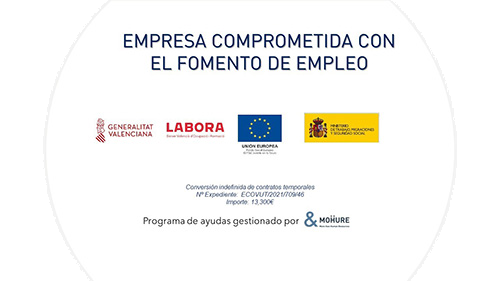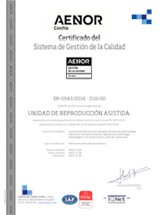In vitro fertilization (IVF)
 90%
accumulative success
More information
90%
accumulative success
More information
Egg donation
 95%
accumulative success
More information
95%
accumulative success
More information
PGTA
 75%
Using biopsied embryos on day 5 (laser)
More information
75%
Using biopsied embryos on day 5 (laser)
More information
Intrauterine Insemination
 60%
UI accumulated in 4 attempts / 80 AID
More information
60%
UI accumulated in 4 attempts / 80 AID
More information











